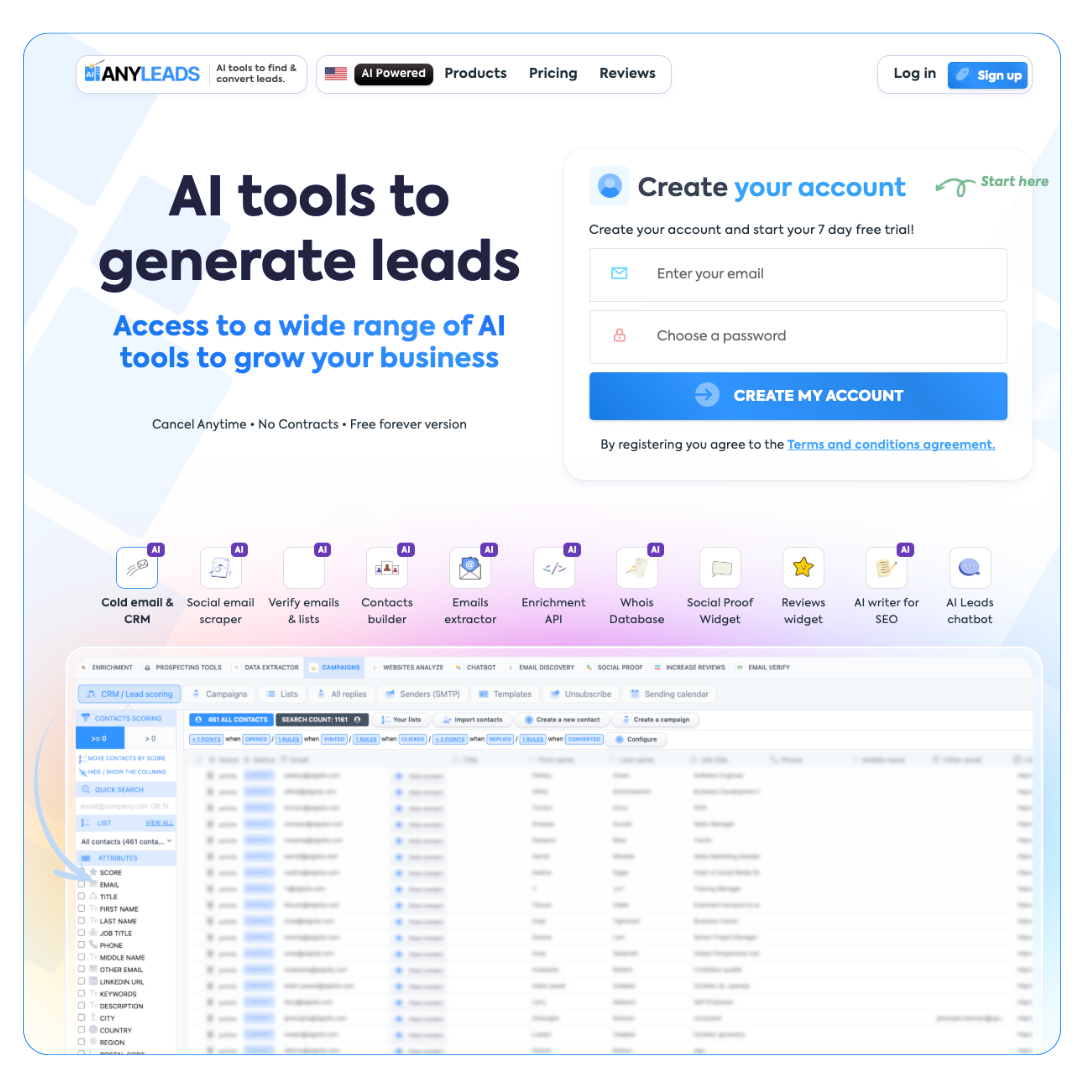 LIMITED SPOTS
All plans are 30% OFF for the first month! with the code WELCOME303
LIMITED SPOTS
All plans are 30% OFF for the first month! with the code WELCOME303

 LIMITED SPOTS
All plans are 30% OFF for the first month! with the code WELCOME303
LIMITED SPOTS
All plans are 30% OFF for the first month! with the code WELCOME303


The digital heartbeat of nearly every modern organization today pulses through its IT infrastructure. In 2025, as technology continues to evolve at a blistering pace, companies are realizing that managing IT support in-house is no longer always practical—or even wise. From rapid advancements in cybersecurity to the pressure of supporting hybrid workforces, the demands on IT teams have never been higher.
As a result, more businesses are turning to IT support outsourcing to streamline operations, reduce costs, and gain access to specialized expertise that would otherwise be out of reach.
In today’s business environment, the role of IT has expanded far beyond hardware setups and software troubleshooting. Companies are now expected to maintain secure cloud infrastructures, support remote teams across time zones, and respond instantly to any digital disruption. As these expectations intensify, internal IT departments are increasingly overwhelmed by the scope and complexity of their responsibilities.
This transformation has made it essential for organizations to explore strategic alternatives. Outsourcing IT support offers a path to adapt without sacrificing performance or security.
One of the main attractions is the ability to work with providers like SourceFit, which help companies access global talent and scalable solutions while focusing on their core business goals.
What once might have been considered a temporary fix for resource shortages is now viewed as a forward-thinking approach to staying agile in a hyperconnected world. IT systems in 2025 must support everything from AI-powered applications to real-time data analytics—tasks that require deep technical know-how and constant vigilance.
Cost efficiency is a major factor. Maintaining an in-house IT team can be expensive, especially when factoring in salaries, training, benefits, and the need for continual upskilling. Outsourcing transforms these unpredictable costs into stable, predictable monthly expenses that fit neatly into the operational budget.
Access to specialized expertise is another compelling advantage. Technology is evolving too quickly for many internal teams to keep up. Outsourcing gives companies instant access to certified professionals in fields like cybersecurity experts, cloud architecture, and network optimizationmdash;experts who stay ahead of the curve so businesses don’t have to. For international operations, this can also mean access to region-specific services such as English IT Support in China, which helps foreign businesses operate seamlessly without language or cultural barriers.
Scalability plays a critical role, particularly for growing companies. As needs shift, outsourcing allows IT support to scale up or down without the complications of hiring or downsizing full-time employees. Whether it’s expanding customer support coverage or onboarding new software across departments, third-party providers offer the flexibility required for growth.


Managed IT services remain the most comprehensive option. These providers take full responsibility for all aspects of IT, from help desk support to cybersecurity and cloud infrastructure management. It’s a turnkey solution that appeals to companies looking to fully offload their IT burden.
For businesses that already have a basic IT framework but need additional expertise, co-managed IT services offer the perfect balance. These hybrid models allow internal teams to work alongside outsourced specialists, filling skill gaps and boosting performance without sacrificing control.
Help desk outsourcing continues to be a favorite for companies looking to improve user support. By delegating tier-1 and tier-2 support to external teams, companies can ensure faster response times and higher customer satisfaction while keeping internal resources focused on strategic initiatives.
The results of IT outsourcing speak for themselves. Businesses that adopt this strategy often report significant improvements in operational efficiency. With dedicated teams handling tech support around the clock, issues are resolved faster, and employees spend less time waiting for solutions.
Enhanced business continuity is another key benefit. Outsourced IT partners typically include disaster recovery and data backup as part of their services, ensuring that companies remain resilient in the face of disruptions, from cyberattacks to power outages.
Moreover, companies gain access to next-gen tools and support frameworks, including AI-powered diagnostics and predictive analytics. These innovations help prevent problems before they occur, further reducing downtime and optimizing performance.
The process of selecting an IT support provider begins with an honest assessment of internal needs. Companies should determine which services they require—be it full management, support augmentation, or project-based assistance—and find providers that specialize in those areas.
Reputation matters. Businesses should look for firms with a proven track record, technical certifications, and positive client testimonials. Transparency is also key. Reliable providers offer detailed SLAs that outline response times, resolution benchmarks, and accountability measures. For example, Providers like ContactPoint360 offer scalable IT support solutions for evolving business needs.
The ideal partner is one that not only meets today’s needs but can grow with the business, offering scalable solutions that evolve alongside new technologies and market demands.


IT support outsourcing has become more than just a tactical move—it’s a strategic advantage in the digital age. As businesses in 2025 strive to remain competitive, agile, and secure, outsourcing presents a path to achieving these goals without overburdening internal teams. By embracing the expertise, flexibility, and resilience that outsourcing offers, companies are positioning themselves not only to survive but to thrive in a fast-paced, technology-driven world.